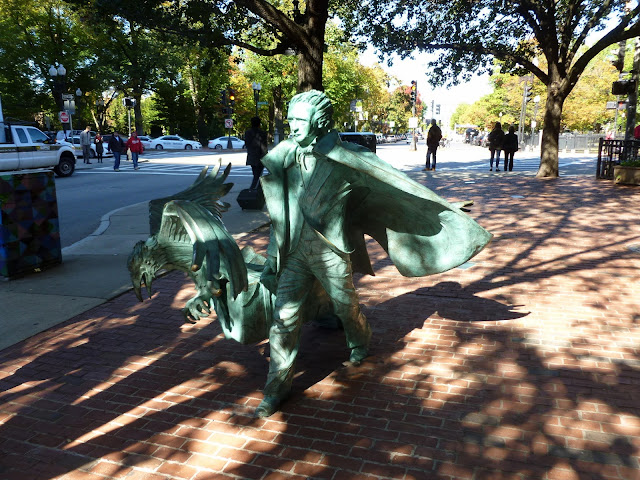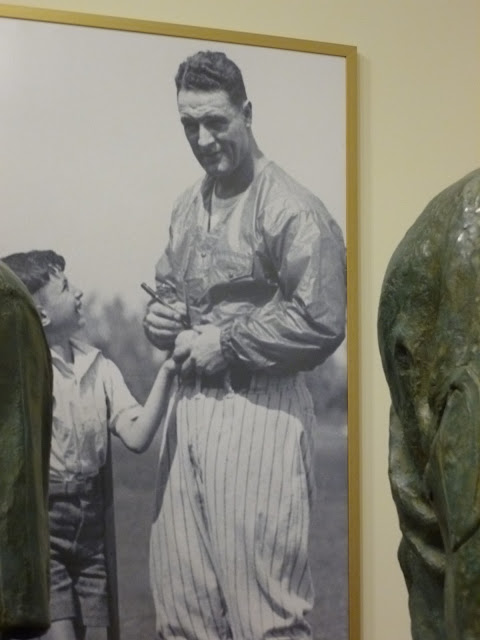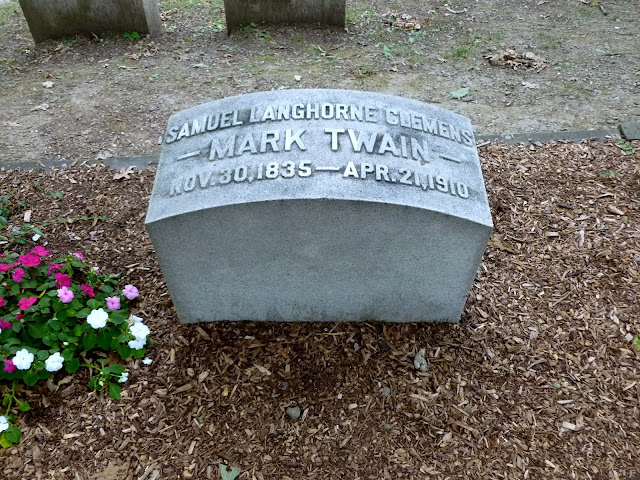Edgar Allan Poe
Boston, MA
N 42° 21.137 W 071° 04.042
Short Description:
The Edgar Allan Poe statue is located at the southeast corner of Charles and Boylston Streets, south of the Boston Common, in Boston, MA.
Long Description:
Stefanie Rocknak created this life size bronze statue entitled Poe Returning to Boston. It was unveiled on October 5, 2014. Poe was born in Boston on January 19, 1809. Orphaned at an early age, he grew up in Richmond, VA. He returned to Boston in 1827 before he began his military career and served in Fort Independence in Boston. Here he published his first book, Tamerlane and Other Poems. Poe's desire to writing poetry for the sake of poetry was out of style, and lead to a stormy relationship, with the prevailing literary elite of Boston. Upon his discharge, he left Boston.
The statue depicts Poe returning to Boston. He has just arrived by train and is carrying a suitcase and walking briskly with his coat flowing behind him. He is heading south towards his family home on Carver Street, where he was born. The statue is surrounded by icons of Poe's literature. To his right is a The Raven from his most famous poem and behind him is a book with The Telltale Heart from his most famous short story.












































